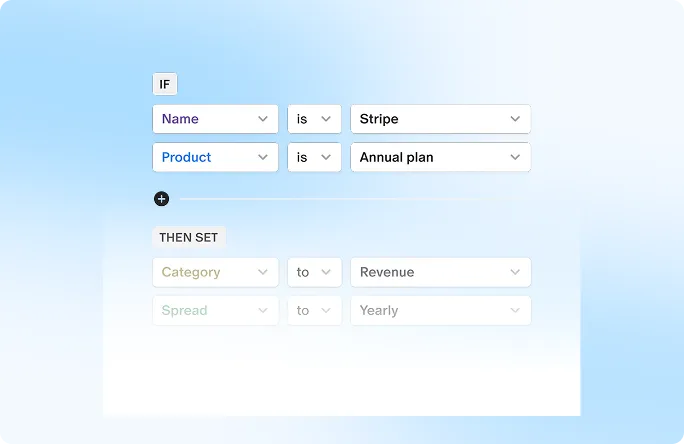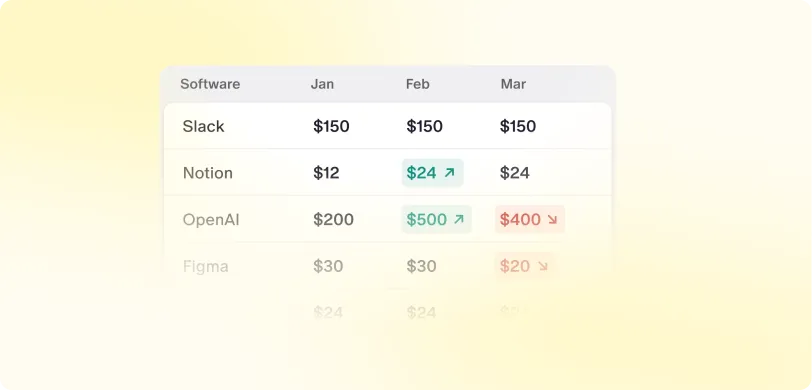B2B SaaS (Software as a Service) startups are increasingly popular in the startup ecosystem, and we continue to see a steady rise in their numbers. However, a significant challenge they face is the "funding winter," a term you might have encountered in the economic sections of newspapers.
Funding winter refers to decreased investment activity in the startup ecosystem, making it challenging to secure funding, particularly for B2B SaaS startups. Our recent LinkedIn Live session focused on this topic, providing valuable insights on how to raise funds and navigate these challenging times.
The session featured Mr. Manish Arora, Co-Founder at Efficient Capital Labs, and Mr. Ravi Ravulaparthi, CEO & Co-Founder at Qapita. Both leaders shed light on various financing options available to startups, and we will cover these insights in this blog.
Global Market Conditions and Economic Uncertainties
Both India and Singapore provide a conducive environment for SaaS companies to set up their business and grow. Considering the extensive and developed SaaS ecosystem of the United States, many companies from these countries target the US as a primary market for expansion. As companies aim for ambitious global growth, it is crucial to understand the regional market conditions and financing opportunities available for credit support.
This webinar focused on understanding this situation better and learning about financing options that can help steer growth. Qapita, with its proficiency in cap tables and equity management, offered valuable insights on how firms can successfully manage dilution and optimize growth through their ownership structure. Building upon this basis, Efficient Capital Labs highlighted how one can use these strategies for the sustainable growth of your company.
Types of Financing Options Available to Startups
Both the leaders talked about various funding options such as debt and equity accessible to startups and what possibilities offered to different startups.
Here are the different types of financing:
Equity Financing:
1. Venture Capital (VC): VC firms invest in startups in return for equity. They also offer mentorship and access to valuable networks.
2. Angel Investors: Angel Investors are usually individuals looking to diversify their portfolio using their personal money to back some early-stage startups.
Debt Financing:
1. Bank Loans: These are your typical bank loans which require a robust collateral and repayment plan. Taking a loan depends on the company's interest rate and financing strategy as several startups are looking for something more than just capital, like mentorship and industry connections.
2. Convertible Notes: Convertible note, or convertible debt is a bond that the holder can convert into a specified number of shares of common stock in the issuing company. It has both debt and equity like features.
Alternative Financing:
1. Revenue-Based Financing: This model provides capital in exchange for a share of future revenue, aligning investor returns with the company's growth.
2. Crowdfunding: Crowdfunding is when startups founders try to generate funds by asking the public to contribute to their idea using online platforms. This is useful as the startup is looking to avoid outside interference and dilution along with looking for market sentiments.
Additionally, Bootstrapping remains a valuable option for early-stage SaaS startups. By relying on personal savings or revenue generated from the business, startups can maintain control and demonstrate traction before seeking external funding. This approach not only builds a solid foundation but also shows potential investors that the business has viability even in tough conditions.
ECL also mentioned that Revenue-based financing provides non-dilutive financial solutions that are especially helpful in a funding-constrained situation. With revenue-based financing, entrepreneurs can acquire capital in accordance with their revenue success and have payback options that are flexible without sacrificing stock dilution.
It is important to remember that even if equity funding is required at some points, it might cause a significant dilution, eroding the ownership of key company players. That is why, if used carefully, debt options particularly non-dilutive capital can be more tactical. Both founders emphasized that the costs of each choice must be weighed against the organization's growth goals.
Shifting Trends in the Funding Landscape
The funding environment for B2B SaaS startups has evolved notably in recent years. Some of these notable trends include:
More Rigorous Due Diligence: With multiple controversies and setbacks, investors have started to scrutinize startups more closely, with a greater emphasis on metrics such as customer acquisition cost (CAC) and lifetime value (LTV).
Emphasis on Profitability: Instead of focusing purely on growth, investors have started to look out for a clear route to profitability
Leveraging Strategic Partnerships: Investors are on a lookout for leveraging partnerships among industries to reduce complexity and work distribution.
How to Optimize Funding Strategies
To successfully navigate the funding landscape, B2B SaaS startups can consider the following strategies:
Develop a Robust Business Model: A well-defined and scalable business model is crucial for attracting investor interest. Startups should focus on clearly showcasing their value proposition and market relevance.
Harness Data and Metrics: Investors are increasingly focused on data. Startups should monitor key performance indicators (KPIs) and learn a way to present them compellingly.
Build Networks and Relationships: Startup ecosystem works on connects and even the smallest guidance or help from industry experts or mentors can go a long way. Participating in industry events and networking actively is highly recommended for every startup founder.
Stay Updated on Market Trends: Awareness of current market dynamics and investor attitudes can help startups strategically position themselves when seeking capital.
Conclusion
SaaS companies face several obstacles because of the current financing climate, but there are also chances for them to improve their resilience and productivity. Startups can better maneuver through this climate by concentrating on KPIs, refining capital structures, and investigating non-dilutive funding alternatives.
There is a lot to improve, but having a strong understanding of the financing options available to you along with the market trends and evaluating your position amidst the uncertainties will take you far. And as the funding landscape evolves, you must learn to be flexible enough to change with time.


 Equity management
Equity management

 Fund management
Fund management

 Fund management
Fund management

 Fund management
Fund management




































